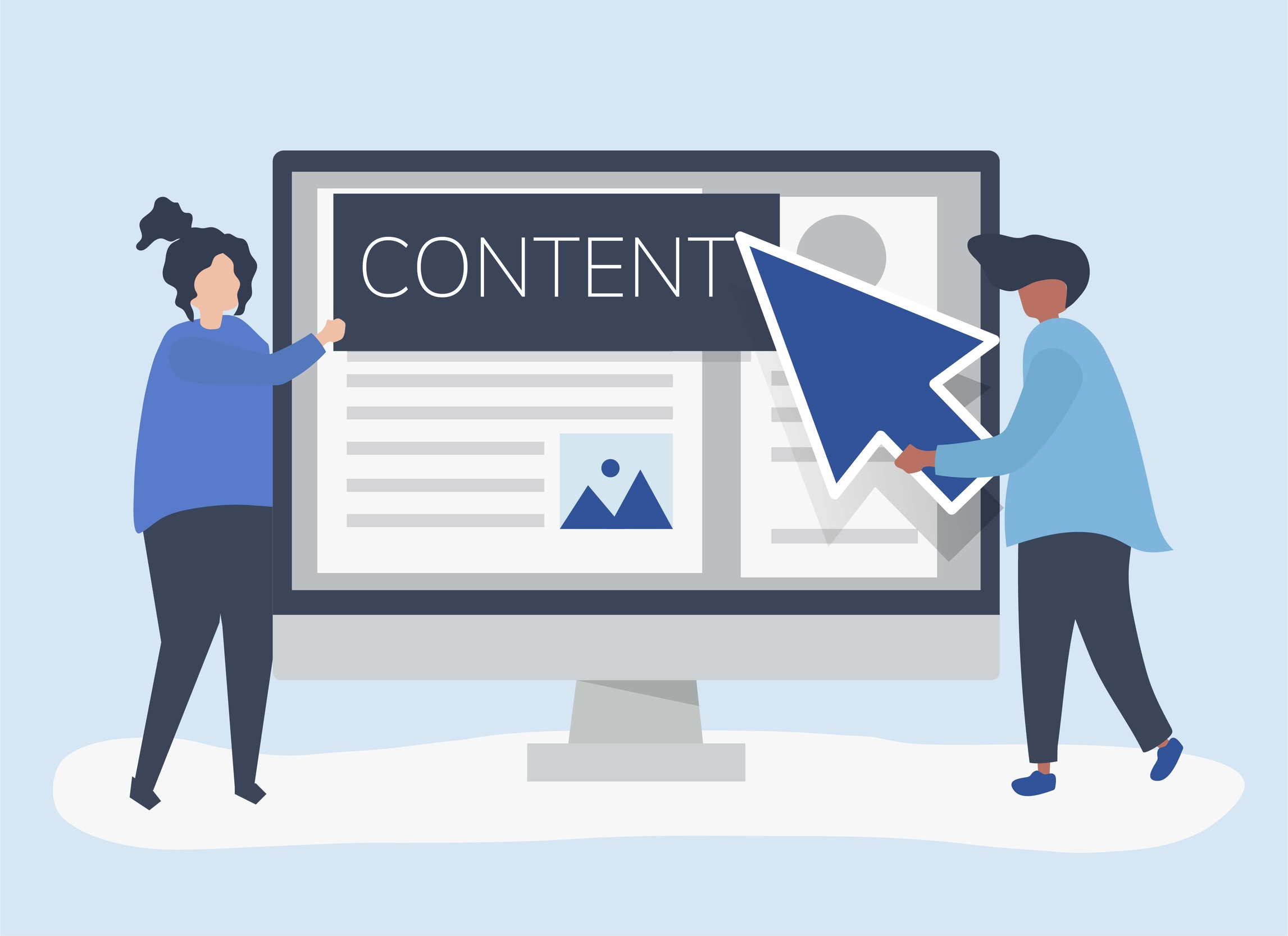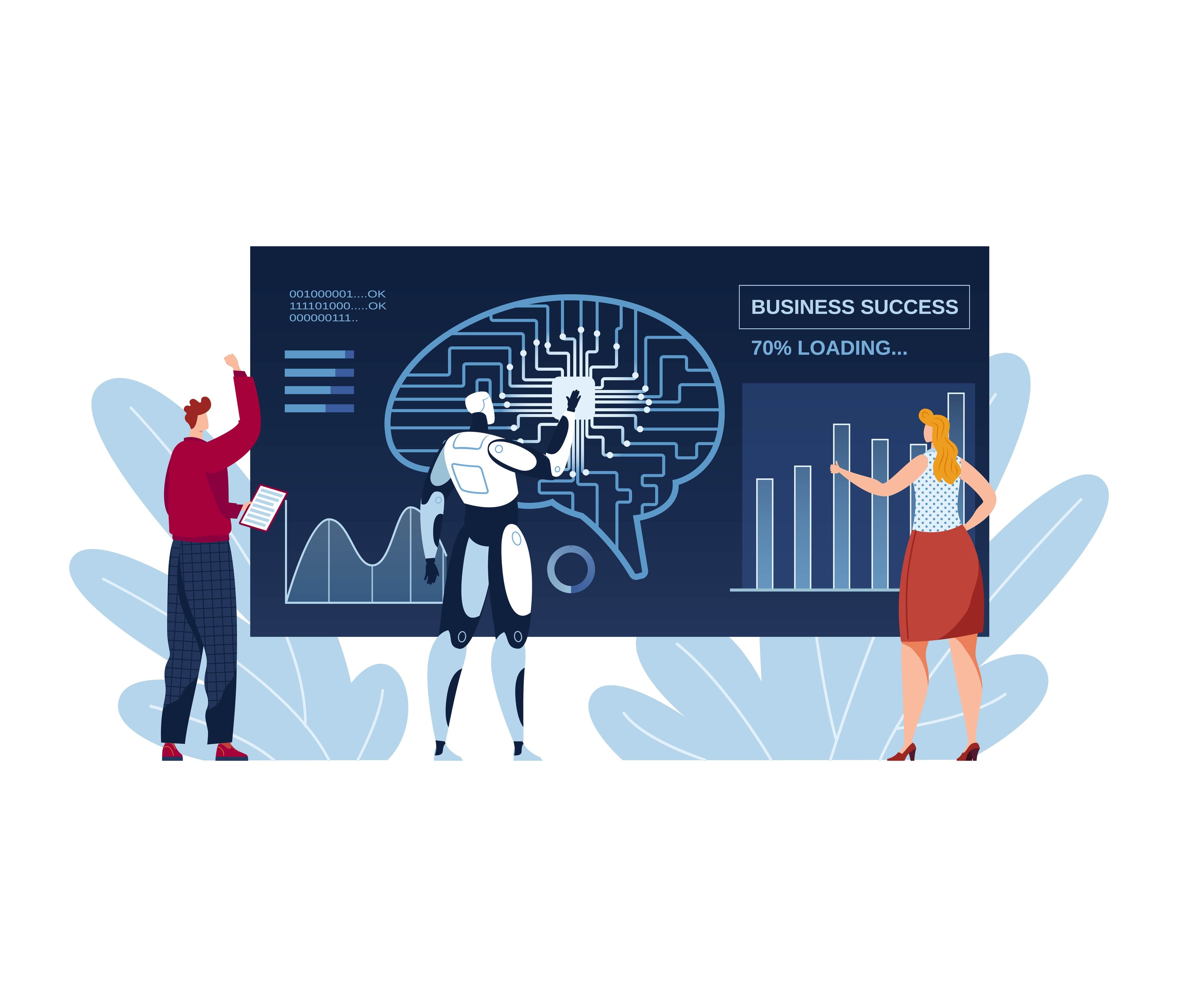Qlik: A Must-Have Tool for Every Business
Marketing and Advertising

 2225
2225 
Qlik: A Must-Have Tool for Every Business
In today's dynamic business world, making informed, data-driven decisions is critical to success. Enter BI (Business Intelligence) tools like Qlik. Qlik is a leading software platform for data discovery and visualization, enabling organizations to unlock the value hidden in their data and turn insights into action. In this article, we will examine the numerous benefits of Qlik and discuss why it is essential for any business looking to improve decision-making processes and drive growth.
Understanding Qlik - An OverviewQlik is a data discovery and visualization platform that offers a variety of tools and features that allow users to explore, analyze, and visualize data interactively. The platform includes two main products:
- Qlik Sense: A user-driven business intelligence tool that allows users to build interactive reports and dashboards using an intuitive drag-and-drop interface.
- QlikView: A BI application development platform that enables developers to build and deploy data-driven applications for end users.
Qlik is characterized by its unique Associative Engine technology, which allows users to freely explore their data and discover insights that would not be revealed by traditional query-based tools.
Benefits of Using Qlik- Interactive Data Discovery: Qlik allows users to interactively explore data, ask questions, and discover insights in real-time. With an intuitive visual interface, users can delve deep into the data, identify patterns and trends, and make more informed decisions.
- Data Connectivity and Multi-Dimensional Analysis: Qlik enables the integration of multiple and diverse data sources, allowing users to gain a more comprehensive view of their business. With the platform's multi-dimensional analysis capabilities, users can explore their data from different angles, slice and dice information, and unveil deeper insights.
- Simple and Intuitive User Experience: Qlik offers a clean and intuitive user interface that makes it easy for users, even those without a technical background, to explore data and build reports and dashboards. With features such as drag-and-drop, natural language search, and associative filters, Qlik simplifies the process of data discovery and analysis.
- Collaboration and Sharing Insights: Qlik facilitates collaboration among users, allowing teams to work together on data, share insights, and make more coordinated decisions. With features such as data storytelling and real-time synchronization, Qlik enables teams to stay aligned and drive effective action.
- Data Security and Governance: Qlik offers robust data security and governance capabilities to ensure the protection of sensitive organizational data and compliance with requirements and regulations. With features such as item-level access control, end-to-end encryption, and auditing, Qlik helps organizations ensure data integrity and security.
- Scalability and Performance Capabilities: Qlik is designed to handle large volumes of data and deliver fast, agile performance even in complex data environments. The platform's in-memory architecture and associative engine technology ensure rapid response times and efficient data processing.
- Healthcare: Healthcare organizations use Qlik to analyze patient data, identify trends, and improve the quality of care. For example, Memorial Sloan Kettering Cancer Center used Qlik to reduce inpatient stay times by 30% and save millions in costs.
- Retail: Retailers use Qlik to optimize supply chain performance, increase customer sales, and enhance the customer experience. Toys “R” Us, for example, used Qlik to improve supply chain efficiency by 15% and save millions of dollars.
- Financial Services: Banks and financial companies use Qlik for risk management, fraud detection, and making more informed decisions. Tired Bank used Qlik to identify trends in customer engagement and loyalty, leading to higher retention rates and a 30% increase in revenue.
- Manufacturing: Manufacturers use Qlik to streamline operations, enhance quality control, and promote innovation. Harley Davidson utilized Qlik to optimize its manufacturing processes, resulting in millions in cost savings and significant improvement in customer satisfaction.
- Education: Educational institutions use Qlik to analyze student data, improve learning outcomes, and promote data-driven decision-making. The University of Miami used Qlik to identify at-risk students for targeted intervention, leading to a 5% improvement in next-year's passing rates.
- Set Clear Goals: Before you start implementing Qlik, define clear goals and objectives for what you hope to achieve. This will help guide the implementation process and ensure you get the most out of your investment.
- Engage Stakeholders: Involve key stakeholders from across the organization, including senior management, IT, and business departments. Gain their support and commitment to the Qlik implementation to ensure wide adoption and use.
- Data Cleansing and Integration: Ensure data quality and integrity before loading them into Qlik. Develop processes for data cleansing and synchronization across different sources to ensure that the data you use is reliable and accurate.
- Customize Reports and Dashboards: Tailor Qlik reports and dashboards to meet the specific needs and preferences of users. Consider the technical expertise level of your users and design reports and dashboards that are easy to use and understand.
- User Training and Support: Provide comprehensive training and support for users to ensure Qlik adoption and use. Offer training sessions, workshops, and educational materials to help users get the most out of the platform.
- Continuous Improvement: Treat Qlik as an ongoing journey, not a one-time project. Monitor platform performance closely, gather feedback from users, and strive for continuous improvement and optimization of your Qlik implementation.
In summary, Qlik is a powerful data discovery and visualization platform that can transform the way your organization makes decisions and utilizes information. With interactive data discovery capabilities, data connectivity and multi-dimensional analysis, an intuitive user experience, and strong data security and governance capabilities, Qlik empowers organizations to unlock hidden insights, enhance business, and drive innovation.
As illustrated by the examples from various industries, Qlik can have a transformative impact on business processes, from supply chain performance to customer engagement and learning outcomes. Whether you are a small business or a large multinational organization, Qlik can provide the insights you need to stay competitive in the marketplace.
By following the advice outlined here and strategically implementing Qlik, you can maximize your investment and unleash the full potential of your organizational data. With Qlik in your business toolkit, you are well-equipped to make data-driven decisions, identify new opportunities, and drive growth into the future.




